After I saw an advertisement in the newspaper for crew members on a yacht, I finally found a job with an adventure so I left the Rhine River Cruise Company convinced that I would be hired for this great trip. The owner of the yacht Conrad, an American, was planning a trip from Amsterdam to Spain with his brand new sailing yacht which he had commissioned from a shipyard in North Holland. Normally a sailing boat has a large and deep keel for stability. Because Conrad had planned this canal trip the Zig-Zag was designed with a retractable keel.
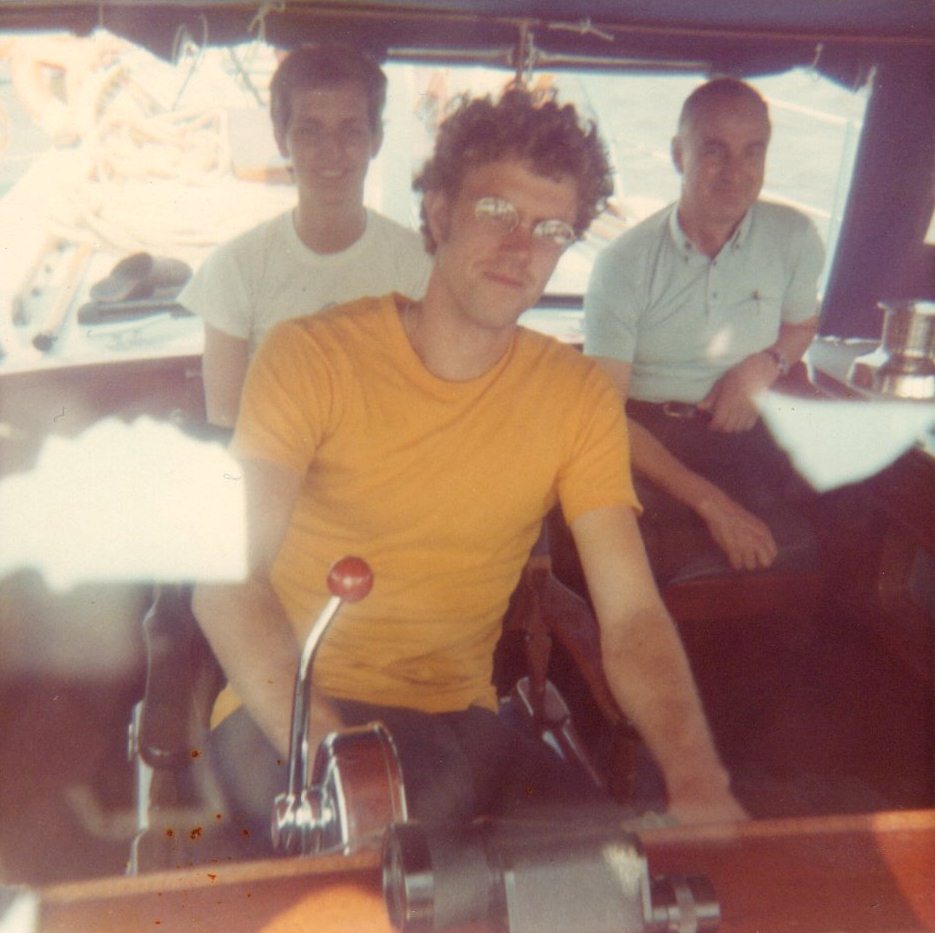
After I received an invitation for an interview I went straight to the Six Haven in Amsterdam North where I met Conrad. He was looking for three crewmembers with sailing experience, something I didn’t have! The interview wasn’t going well; I had to come up with some good reasons why he should hire me. So I started bluffing, I told him that although I do not have any sailing experience, I had knowledge of diesel engines, “I assume”, I continued, “you do have a diesel engine don’t you”? I think that all I knew is how to change an oil filter.
I also mentioned that I had experience with housekeeping and cooking which was true by the way! He probably realised how eager I was to come along on this trip and decided to hire me together with two other guys, Ed and Robert, who both had sailing experience. During the trip we would not get paid any salary, it was like a voluntary job but he provided meals and beverages and naturaly a great adventure. Before it was all agreed, mum insisted to meet Conrad first before she gave her blessing for me to travel with him and two other guys.
After stocking up the boat with the necessary provison and inventory, we left Amsterdam on Monday August 28. The trip was expected to take three months, cruising through Holland, Belgium and France over rivers and canals with about 240 locks before reaching Marseille in the south of France. From there the plan was to erect the masts and sail to Spain crossing Golf du Lyon with final destination Alicante.
From Amsterdam we cruised to Maastricht, a border town with Belgium. From there we continued to follow the river Maas (Meuse) which was a smooth trip. As mentioned earlier, we expected to pass 240 locks and some tunnels during the voyage. For this purpose we had a bicycle with us. In turns one of the three crewmembers would ride to the bike to the next lock and get the lock prepared to enter, once out of the lock ride on to the next one etc.
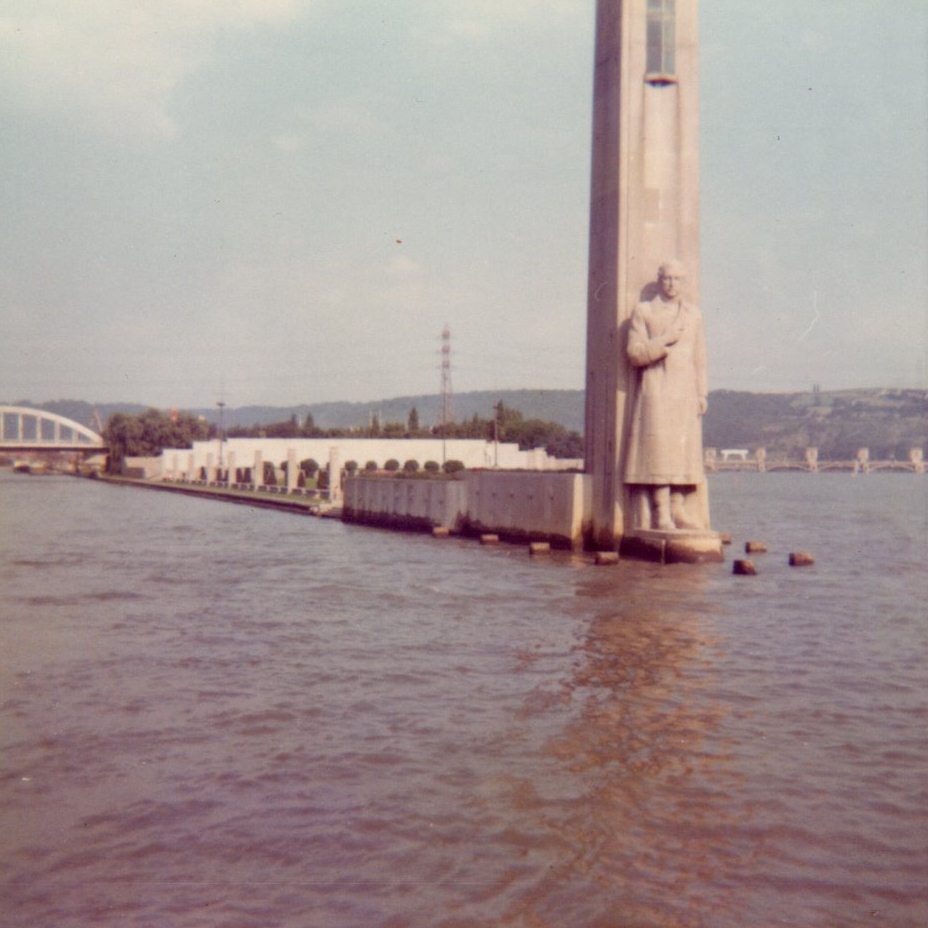
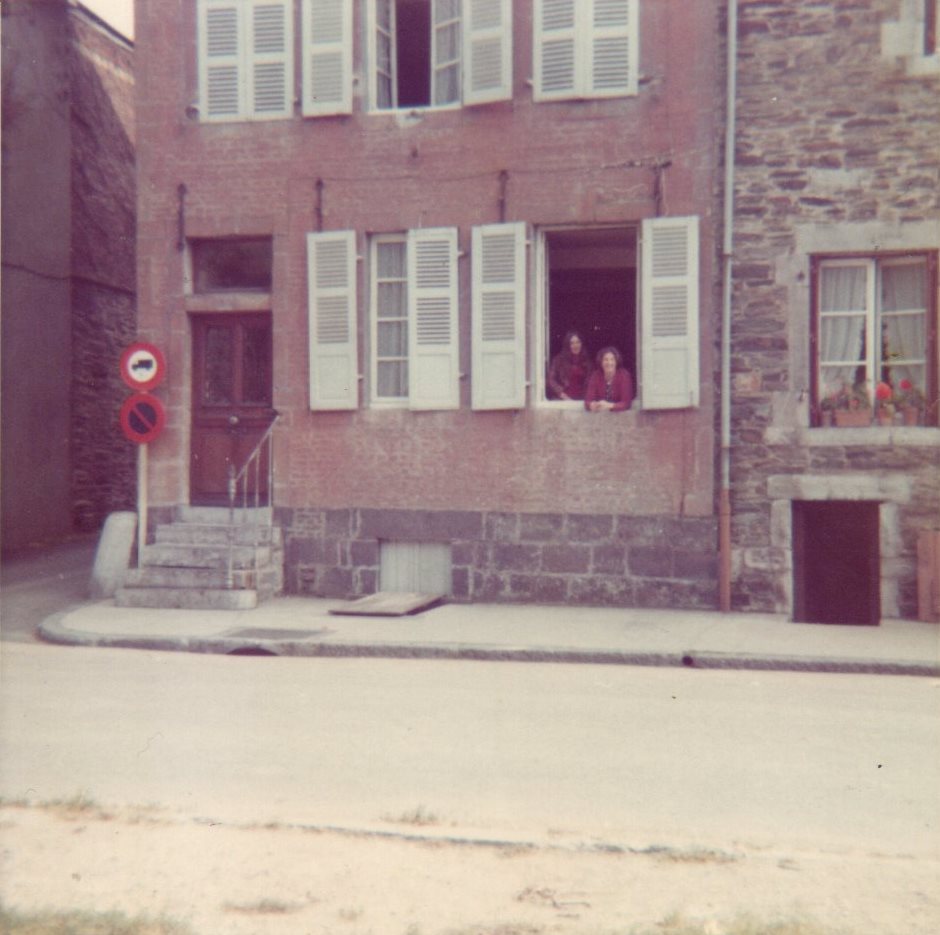
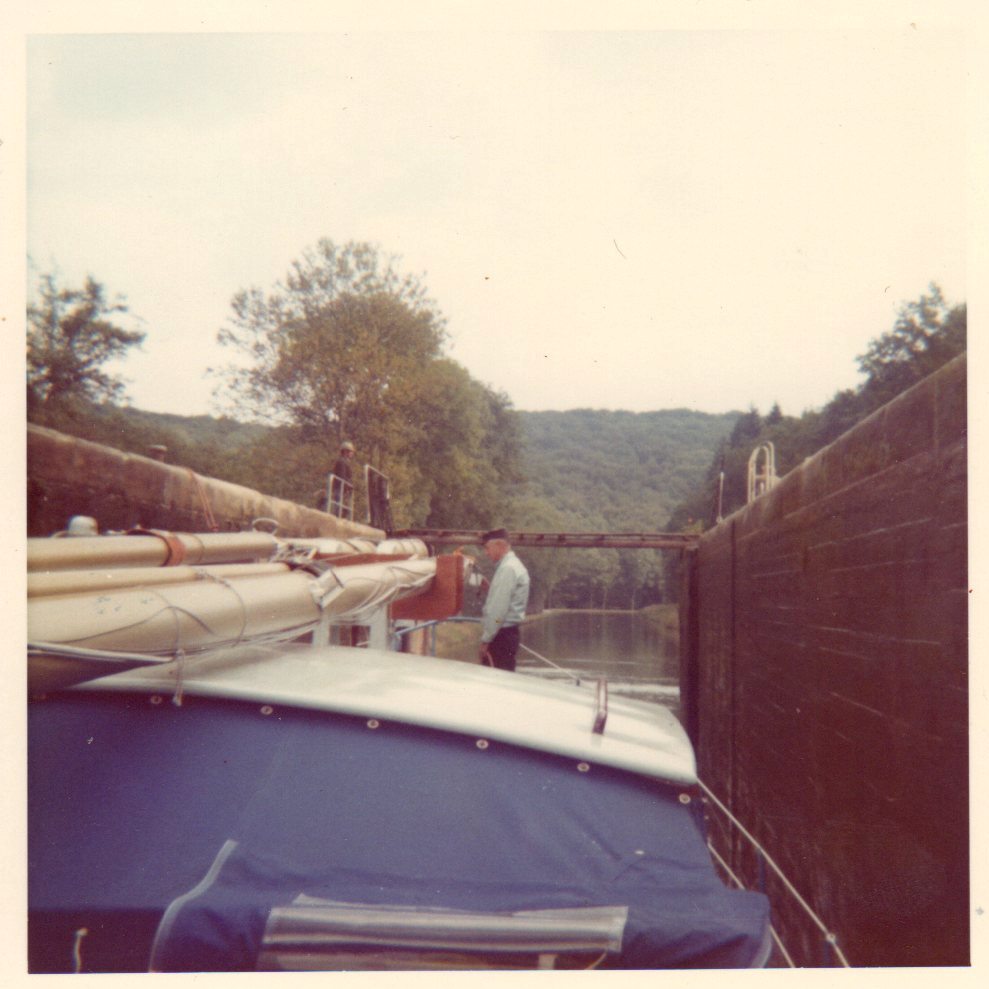
When we reached the town of Huy in the Belgium Ardennes, we had a technical problem with the engine. A bracket which held the exhaust in place had broken, most likely due to the vibration of the engine. So now it was up to me to get this fixed as that was my “speciality” at least, that is how I managed myself into the job. After removing the bracket I went off to find a metal workshop / blacksmith where they could weld the bracket. It didn’t take long before it was all good and well to go; we continued our trip the following morning direction Givet, the border of Belgium and France. It was a very tricky part of the trip as it was very misty, we didn’t have radar and navigated by listening to sounds we could hear. Quite dangerous when thinking about it but we finally made it without any collisions.
At Givet the French customs came aboard to check out the boat for drugs, Tabaco and alcohol. All was well and we received a stamp in our passports. We left Givet to our next stop which was Stenay. Unfortunately we couldn’t continue our trip due to a broken barrage further upstream. Initially the repairs to the barrage would be a couple of days; eventually we ended waiting in Stenay for 10 days. It was very frustrating just being there for so long. We cleaned the boat so often that we started wondering if we wouldn’t clean of all the paint.
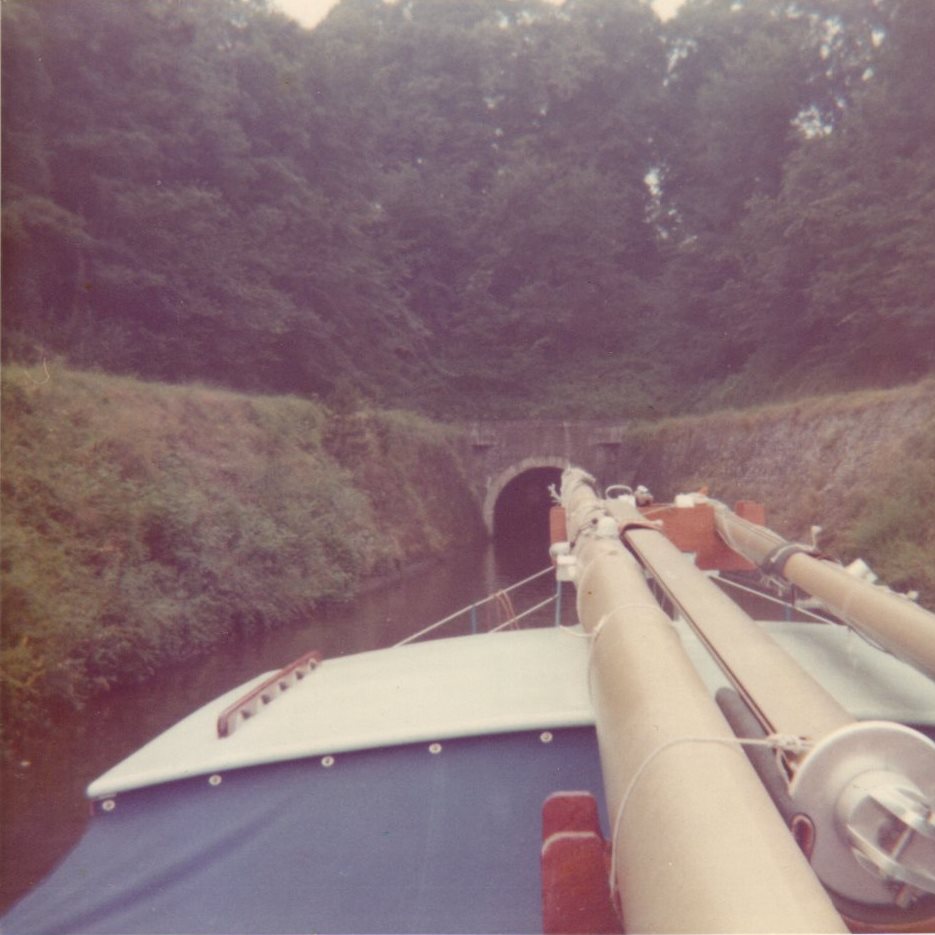
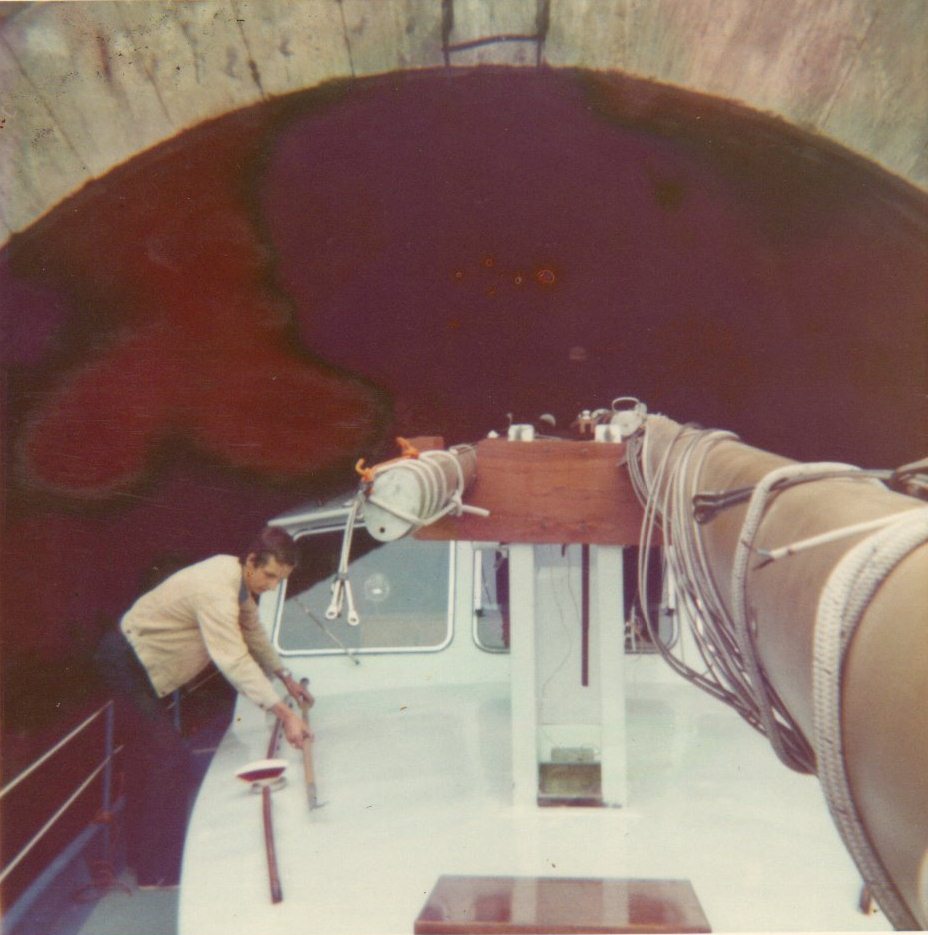
As Conrad and I agreed, I was also responsible for cooking and cleaning. He provided me with household money for the shopping. He was very strict about using his money for visiting bars etc. It was ok to buy beer from the supermarket and bring it onto the boat for our personal consumption which worked out just fine.
After a long boring ten days, we continued the trip to our next destination which was Verdun. We travelled at very slow pace which didn’t allow us any time for sightseeing, only in those places where we stayed for the night. Even then it wasn’t easy because for security reasons, two crewmembers had to remain on the boat at all time.
From Verdun further the Nancy. I can’t remember where it was but we left the Meuse on to Canal de l’Est and at Le Faubourg we left that Canal onto the Saone which brought us all the way to Lyon.
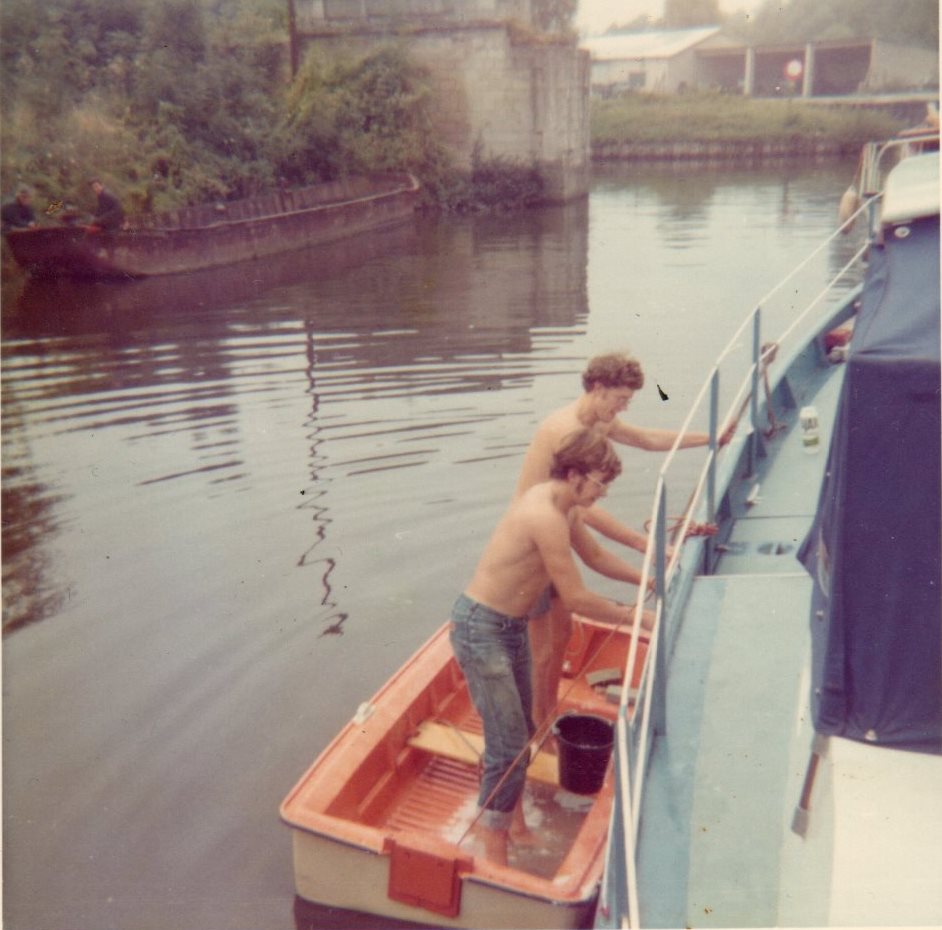
Not sure where it was exactly but somewhere along Canal de l’Est we ran aground, the boat wouldn’t move an inch. There was no other boat traffic that could help us so we had to come up with a solution. We dropped the dingy into the water, took the anchor into the dingy and paddled to the shore where we tide the anchor chain around a tree. The guys on the boat winched the anchor pulley which was a manual task so it didn’t go really fast. Eventually she came lose and took the anchor back to the boat, loaded up the dingy again and off we went.
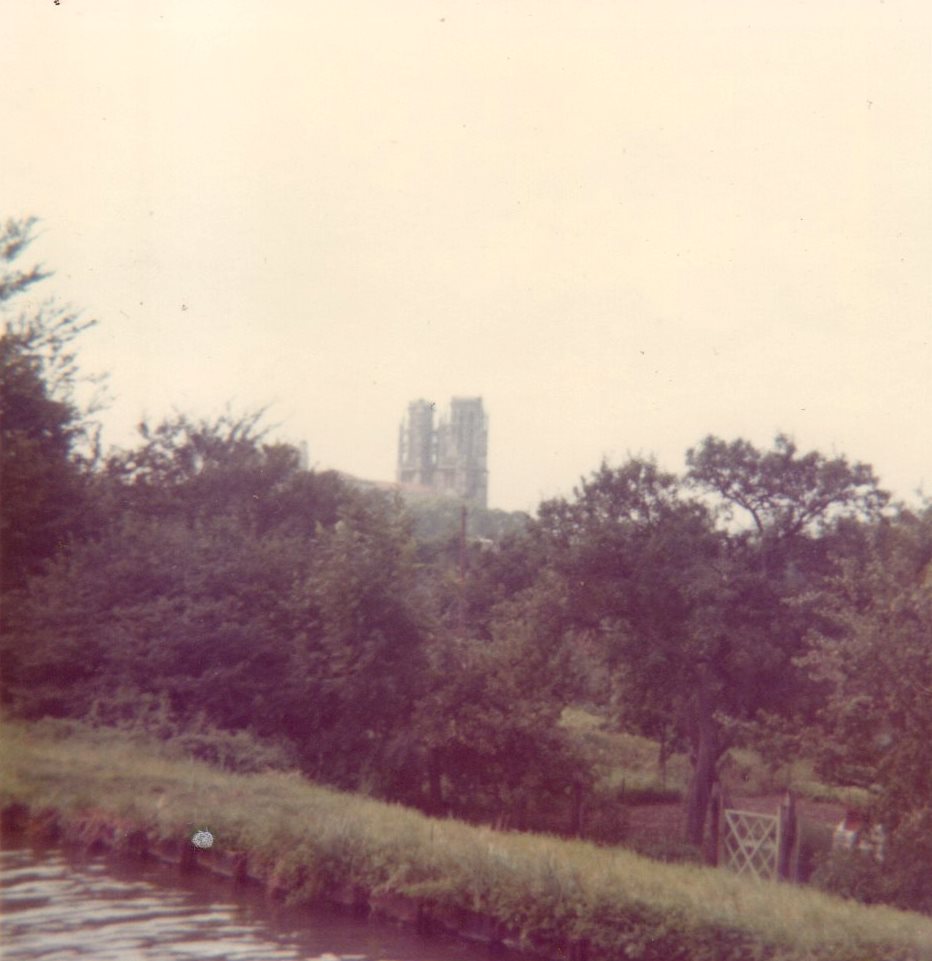
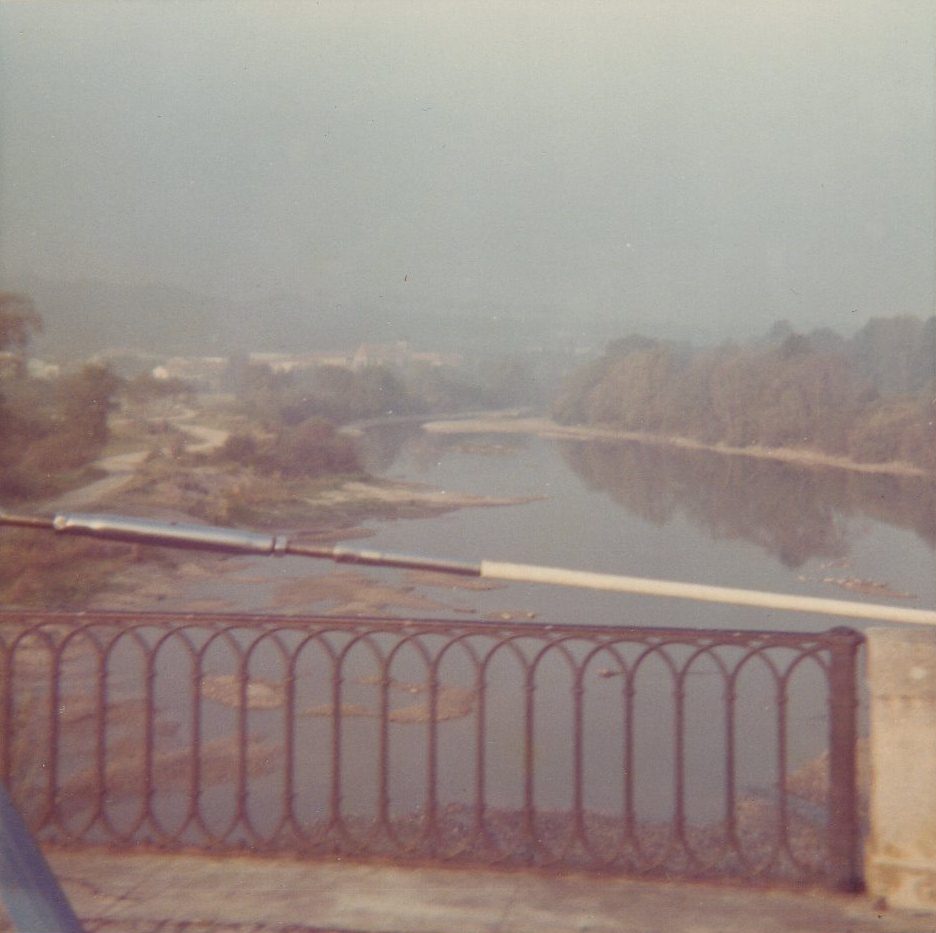
Eventually we arrived at Lyon where we moored the boat at the marina. After checking in at the harbour masters office, we were informed that we couldn’t continue the final stretch to Marseille due to the low water levels on the Rhone River. We were told we would need to stay there for 10 days after which water was launched into the Rhone from Switzerland. Lyon is a beautiful city but not for 10 day, we were so eager to continue our trip which so far was going so well. Finally the day came that we would leave Lyon. There were so many boats and ships waiting to move down the river.
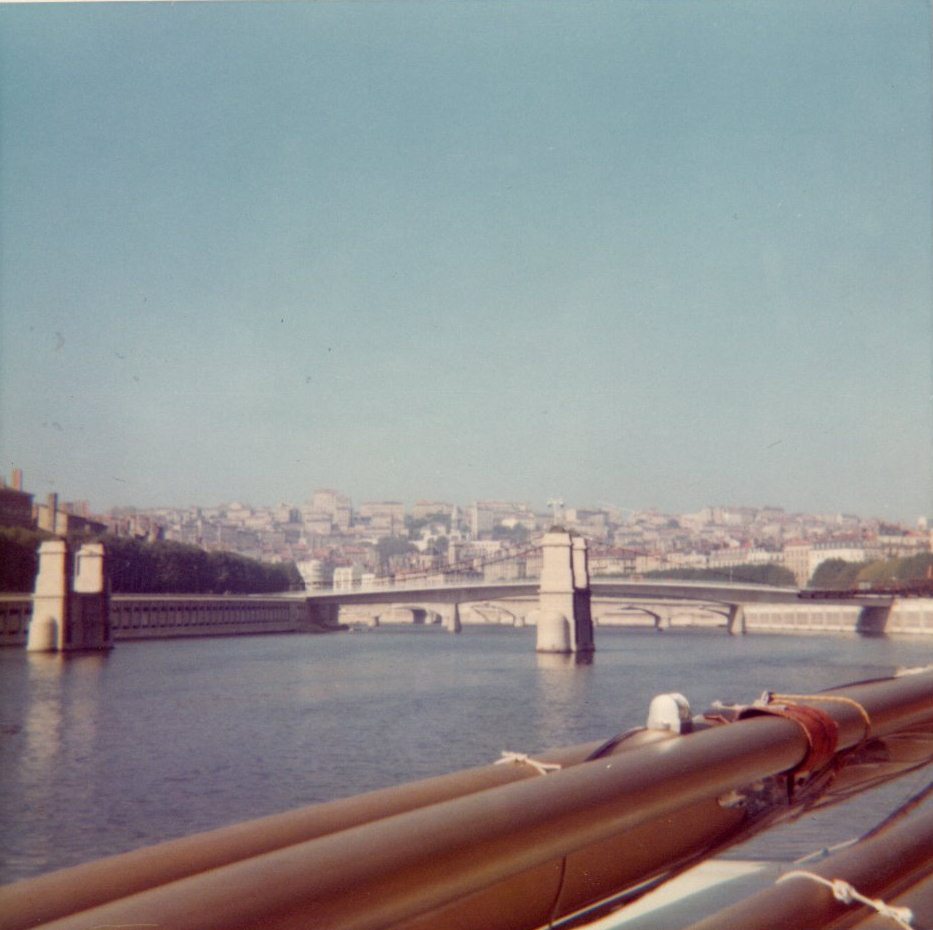
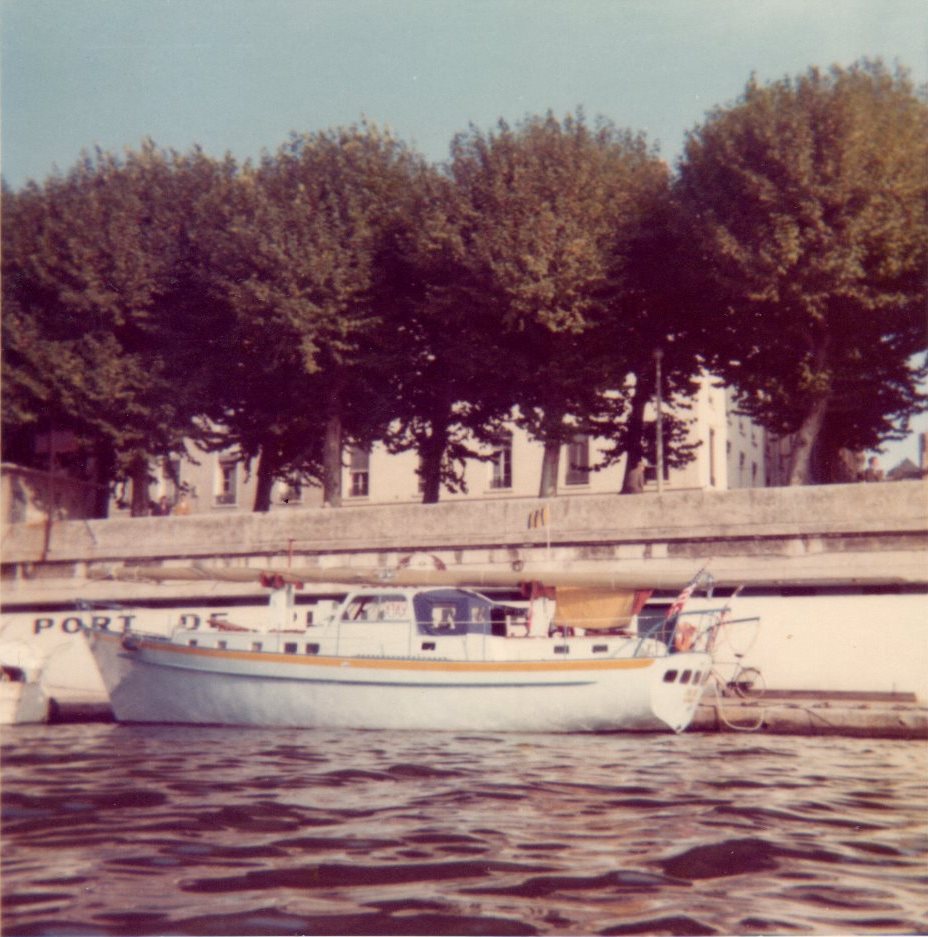

Despite the water flowing in from Switzerland, the water level was dangerously low that it was decided that the first and every fifth boat would had a designated Pilot. All other boats had to follow their exact manoeuvres which was quite stressful at some times. Next stop was the huge lock at Bollène with a drop in height of 23 metres. Luckily the lock was designed with floating bollards, which made the drop quite easy. Once at the bottom of the lock, looking at the sky was very impressive, just two huge black walls and a blue strip of sky.
After passing through the lock, the journey continued smoothly. We stopped at Orange where we stayed for two nights getting ready for the final stretch to Marseille, it now started to become even more exiting. We followed the Rhone River to Avignon and Arles, from there through the Camargue which was awesome too. Once we reached the Mediterranean, we crossed open water to Marseille where we were allocated a jetty for a week so that we could prepare and rig the boat for the crossing by sail to Spain.
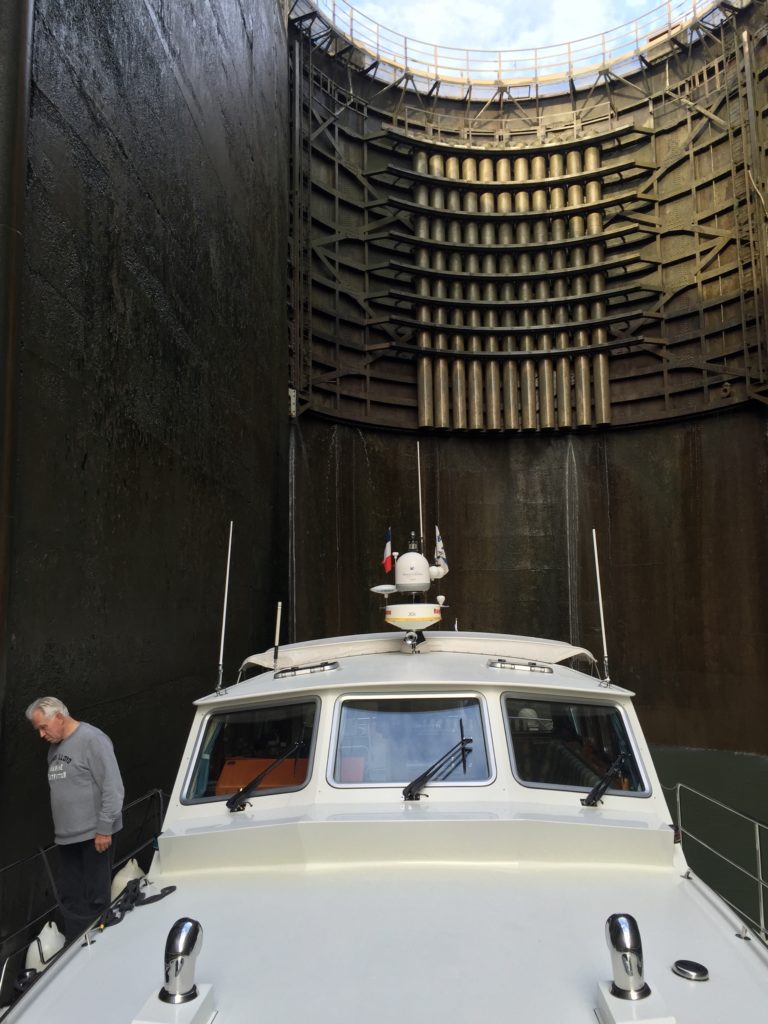
We checked in at the Marseille Marina office, apparently we should have made reservations, the marina was completely full! The marina manager found a solution; we could use the berth of one of the marina members as he was out on a sailing vacation. The only downside was that we had to be out within fourteen days. No worries, we’ll have everything prepared before that date we said.
With no time to loose we started rigging the boat, erecting the masts, fastening the guy wires, testing the sails etc. I took care of the engine, renewed the oil and checked the cooling system, batteries etc. Tightened all nuts and bolts and also checked the folding keel. All seemed well to go. I suggested to Conrad, the skipper, that we might need to check the propeller and rudder too. He said that it wouldn’t be necessary as it’s still so new. After discussing with the two other lads, we decided to check it anyway. I went into the water with some goggles on, the water in the marina was surprisingly clear. We didn’t have any diving equipment so it was just with a snorkel which went well. After the first inspection it was clear that it wasn’t a bad idea after all. The rudder was fixed by eight nuts and bolts of which several of them had come undone during our voyage down the rivers in France. The propeller and the keel were fine so nothing to worry about that. Of to the store to buy two same size spanners to fit the nuts and bolts of the rudder.
With the spanners tied to my wrists, back into the water to remove one nut and bolt to check the condition of them. It turned out that because they hadn’t been tight they had worn, we decided to replace all eight of them and we added extra an extra nut on each bolt to make sure they couldn’t come un-done again. Conrad was quite pleased with our engineering action!
So now all the preparations had been done, we went out and bought provisions for the next step of our voyage, crossing the Golf du Lyon. According to the books we had read, it was advisable to follow the French coast to Spain. This due to the possibility of the Mistral storms which were very unpredictable. The four of us talked about the crossing to Spain and came to a consensus that it would be better to cross straight over, would save time and money. The following morning the marina manager came to inform us that the owner of the berth had planned coming back sooner than expected and that we had to leave the next morning. Although we were mentally not one hundred percent prepared we arranged to leave the following morning. We sat down with the map and planned to crossing in detail, Spain here we come. In the evening we all went out for diner, we had bouillabaisse in a local restaurant, a place where only locals go to, no tourists at all. Although it tasted well, it was not something I would order again, I can still see those fisheyes staring at me.
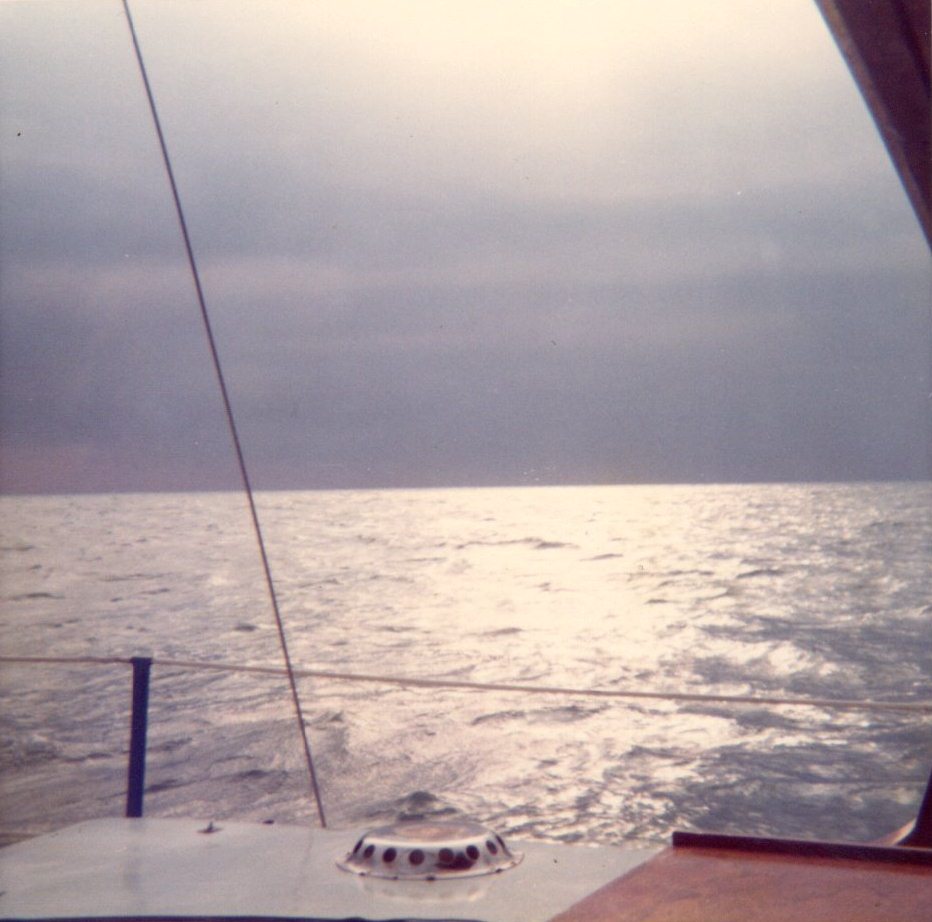
Early the following morning we left Marseille, at first we used the motor and once out on open water we put up the sails, one by one as no one of us had ever sailed on this boat before. So with the compass set at Roses, we were finally heading for Spain. During the day all went very smoothly, not much wind but enough to keep us going and to learn how the boat handles on open water. We took turns steering the boat which wasn’t that difficult at all, just keep the eyes on the compass.
All went well even the first hours of darkness was pretty smooth and easy going, but then, suddenly out of nothing huge waves and strong wind, getting worse by the minute. We were in a heavy storm, one they had warned us about, a Mistral storm, the boat was making very heavy movements and slamming onto the waves didn’t make it easier. We all started to feel seasick and inside the living compartments things were not much better, the furniture was going all over the place, the bookshelves were emptied, the cupboard doors opened and everything inside was flying through the cabin, which wasn’t looking very good!
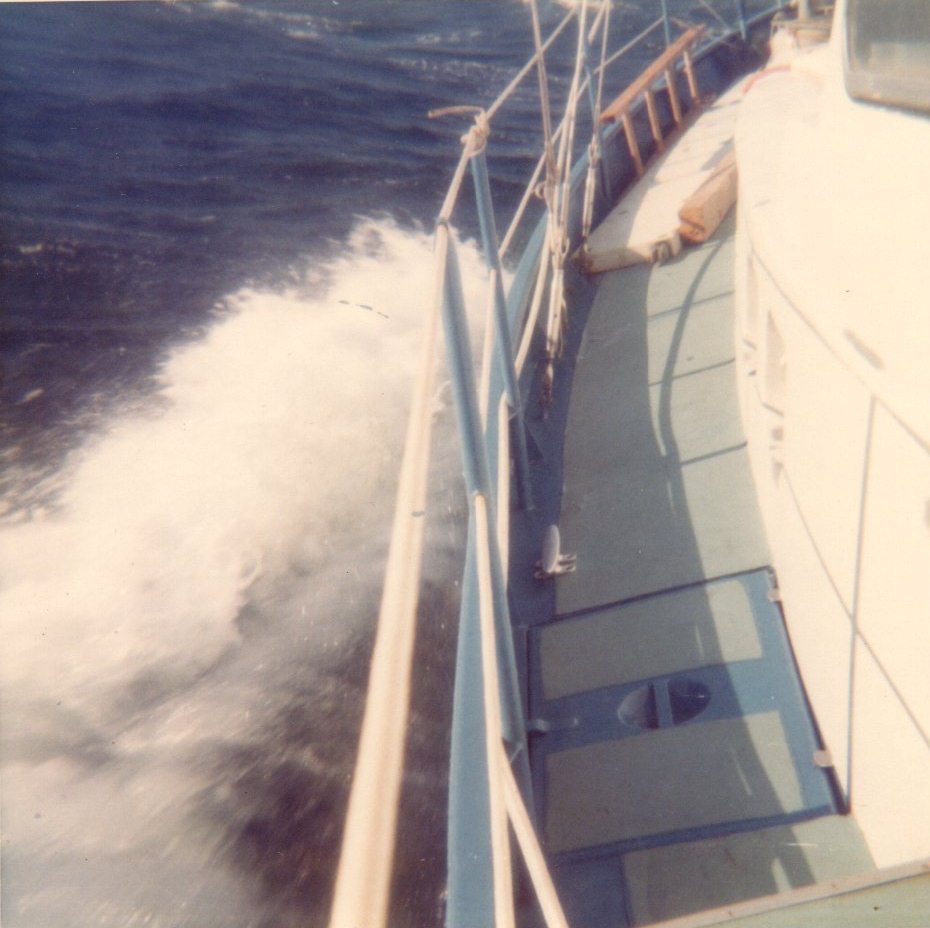
Ed and I were the only two not sick, the others couldn’t do anything, they were in the cabin too sick to help Ed and I navigated the boat. The storm was so strong that the steel cable of the main sail snapped, the sail fell into the water long side the boat. So now we were sailing on the small sail only but the boat was tilting so bad we were scared it would capsize. Ed and I decided that it might be better to continue by motor and take the sail down. The engine wouldn’t start so I had to check why that was. It appeared that the exhaust was full with water and there wasn’t enough pressure to clear it. I had to remove the exhausted, start the engine and after emptying the exhausted replacing it again. Believe me; it wasn’t as simple as I just wrote!
Now we were sailing by motor, we took down the last sail too, staring at the compass all night, Ed and I navigated the boat until the storm was over. Now all four of us were in the steering cabin, trying to figure out where we were. Finally we noticed the lighthouse of Roses; it appeared that we were way off course.
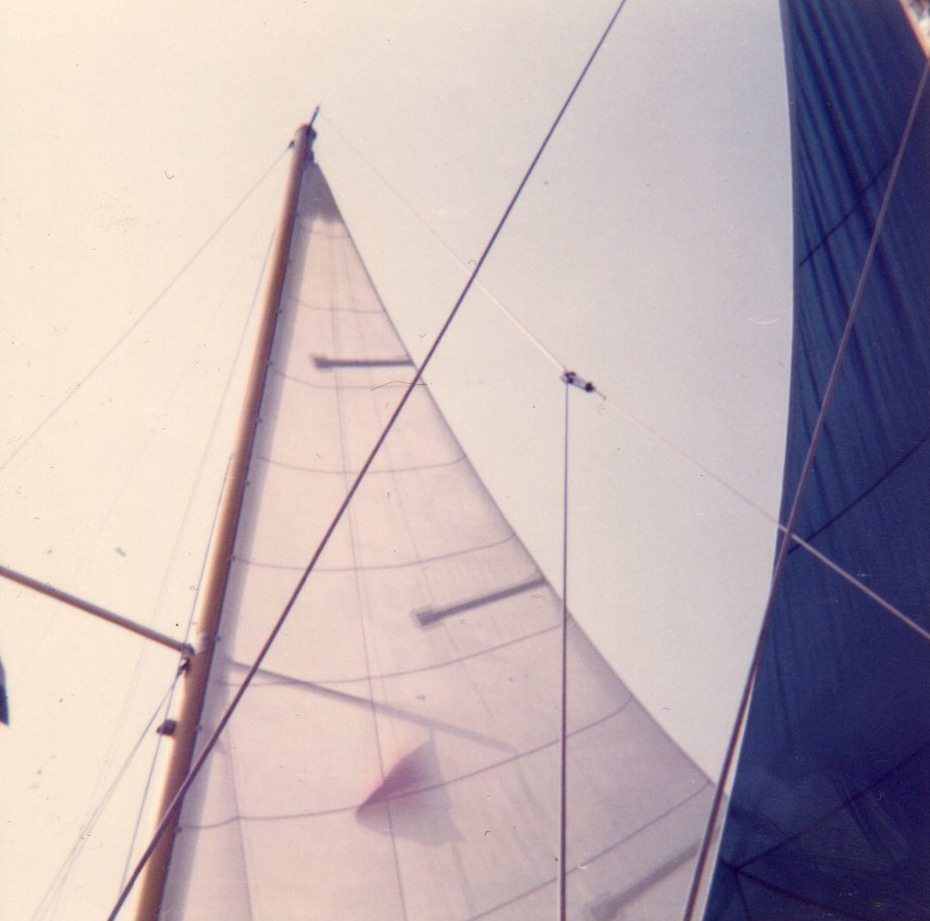
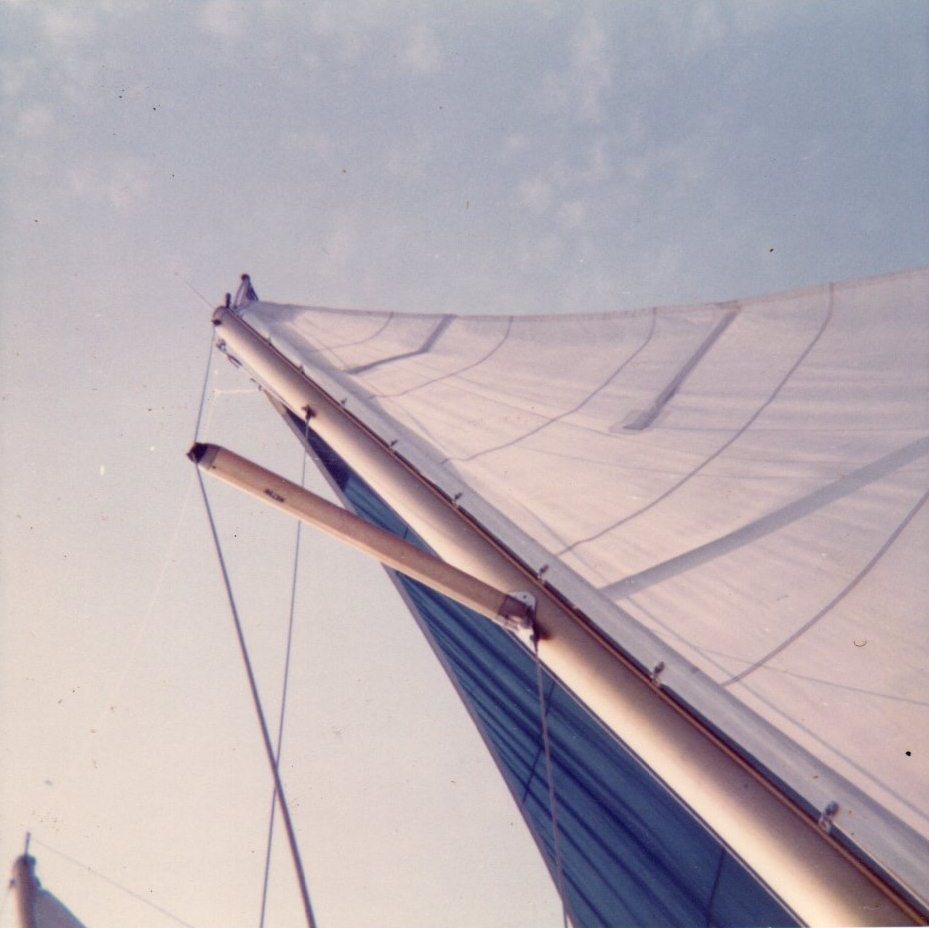
Approaching Roses from a completed different angle as planned we were sailing along the coast. Suddenly the boat stopped, we had stranded on a sandbank, stuck, couldn’t go any were and we were so close. After sitting there for a while we saw this guy on the beach waving at us, it was a Guardia Civil, Spanish police. Somebody had to go to the shore and get help, that somebody was me, with dry clothes in a plastic bag tied around my arm; I went into the water and made it to the shore. The policeman was not very helpful, but took me to Roses where we managed to find a fishing boat to sail out to sea to pull the Zig-Zag from the sandbank and into the harbour.
In the harbour we realised how much damage we had suffered and how lucky we had been to survive this dreadful storm. After paying the fisherman for his help we ended up with a fine from the police. He stated that it was forbidden to anchor so close to the coast! No way would he believe that it was an accident.
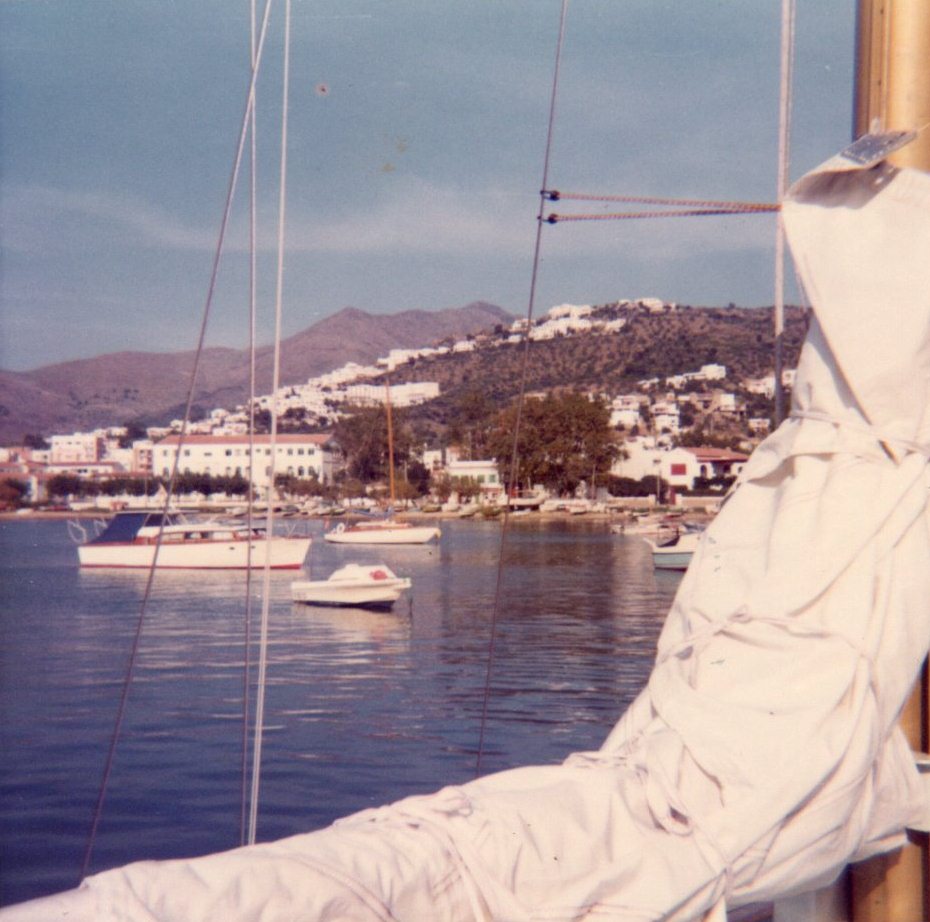
Once we had done a complete inventory of the damage, we started reparations. First we needed to pump the bilge dry. During the storm the boat hit the high waves so often that water had entered the bilge through the opening of the retractable keel. This is something that needs to be looked into before even thinking of crossing the ocean which eventually would be Conrad’s plan. The cabins and the galley were cleaned up while damages to the interior were repaired. A tricky task was repairing the steel cable of the main sail which had snapped of at the top of the mast. I volunteered to go to the top of the mast, sitting in the bosun seat the guys winched me up for a preliminary inspection. From the ground the mast didn’t look as high as when being up there. With every little swell in the harbour, the boat moved with the waves, it wasn’t much but enough when at the top of the mast. One moment I was above the boat, the following moment I was hanging over the water. Anyway, the inspection showed that not only the steel cable had broken but also the pulley. All required parts were ordered and replaced making everything was as good as new, maybe even better!
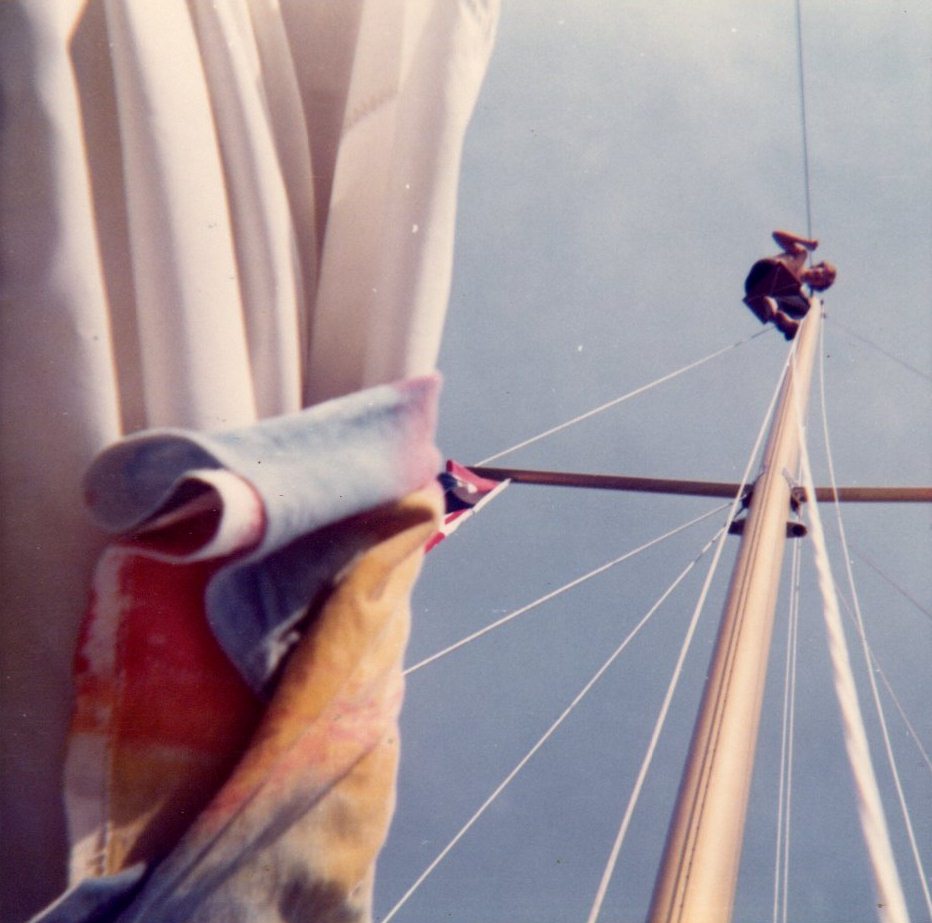
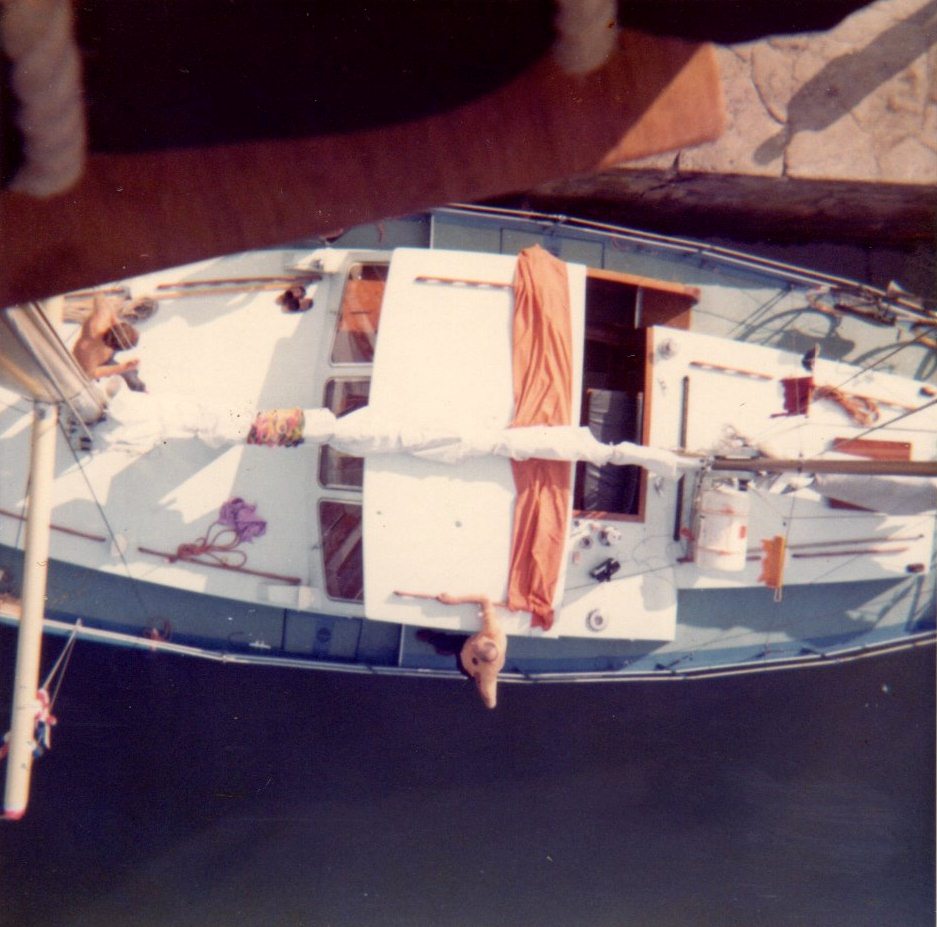
After a week or so we started planning the next leg of our trip, not sure yet where the finish would be. We left Roses heading for Barcelona, which was probably not more than 200 km which would be approximately 110 nautical miles. It was a beautiful day and a pleasure to sail along the coast.
The trip to Barcelona was exceptional relaxed and pleasant, we were very content with all the repairs we had done in Roses, the boat sailed beautiful and it felt like a real vacation. Arriving at Barcelona, we moored at the marina which is very close to the city centre, just a short walk to the famous La Rambla. It was so pleasant being there that we decided to stay a couple of days longer allowing us to some sightseeing.
From Barcelona we sailed to Alicante with overnight stops in Tarragona and Castellón de la Plana where we just stayed for the night. During the trip I had spoken with my parents several times by calling them “reversed charges”. As they knew we would be going to Alicante, my dad had sent me post to Poste Restante and the main postoffice. After collecting my mail, back on the boat I opened the letter and to my surprise I found my draft papers for military service. That was not what I had expected at all. After it had sunk in, I made some inquiries at the local Dutch Consulate.
Apparently I had two choices, go back home or stay away for ten years. After this time I would be free and couldn’t be charged for not showing up. Now that’s a tough call at that age. I had to face the facts and go back home; this after receiving an interest-free loan from the Dutch government provided by the Dutch Consul I bought my train ticket back home. On October 31st 1972 I said goodbye to Conrad, Ed and Robert at the station of Alicante. It took almost 24 hours before I arrived in Amsterdam where two days later I had my medical for military service. It was only two week later that I was drafted for 18 months service for Her Majesty.
Conrad and his crew continued their adventures, first sailing the Mediterranean, then to the Canary Islands from where they crossed the Atlantic Ocean to the Caribbean, up the East coast along the Hudson River to the great lakes. Then down the Mississippi, along the west coast of Florida, via the Bahamas and Haiti through the Panama canal up to San Francisco where he arrived in 1981 after traveling for nine years. How different would my life have been if I had stayed on board, we will never know..